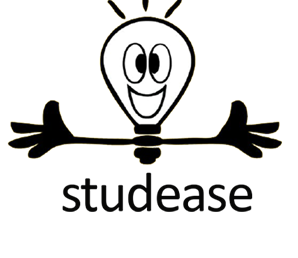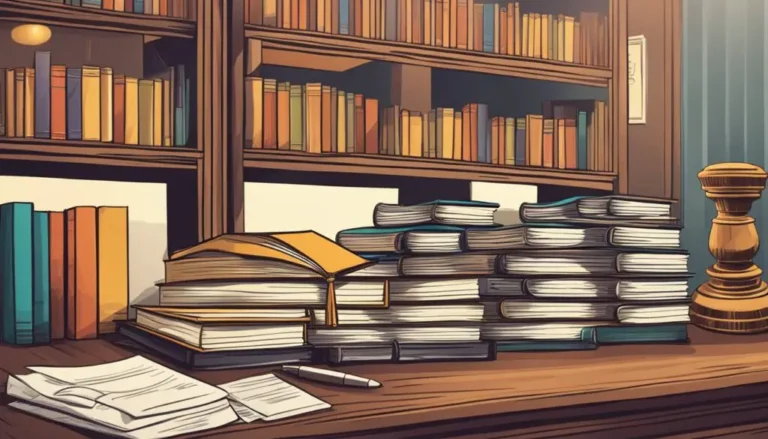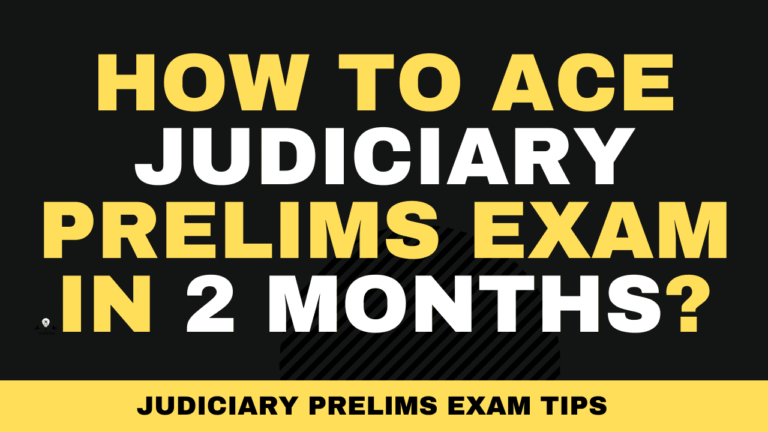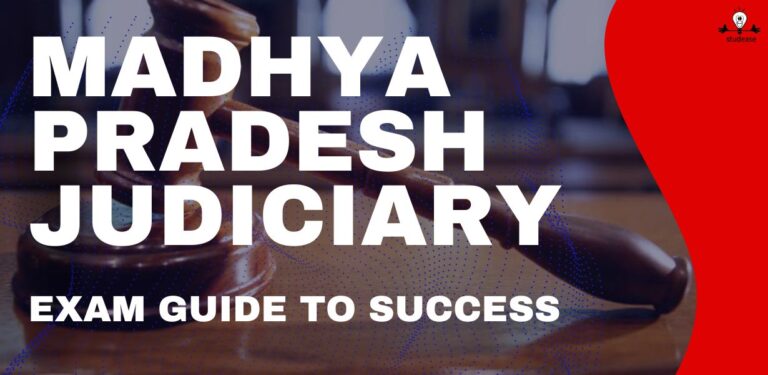Decoding the Art of Notes-Making for Judiciary Exams: Strategies that Work
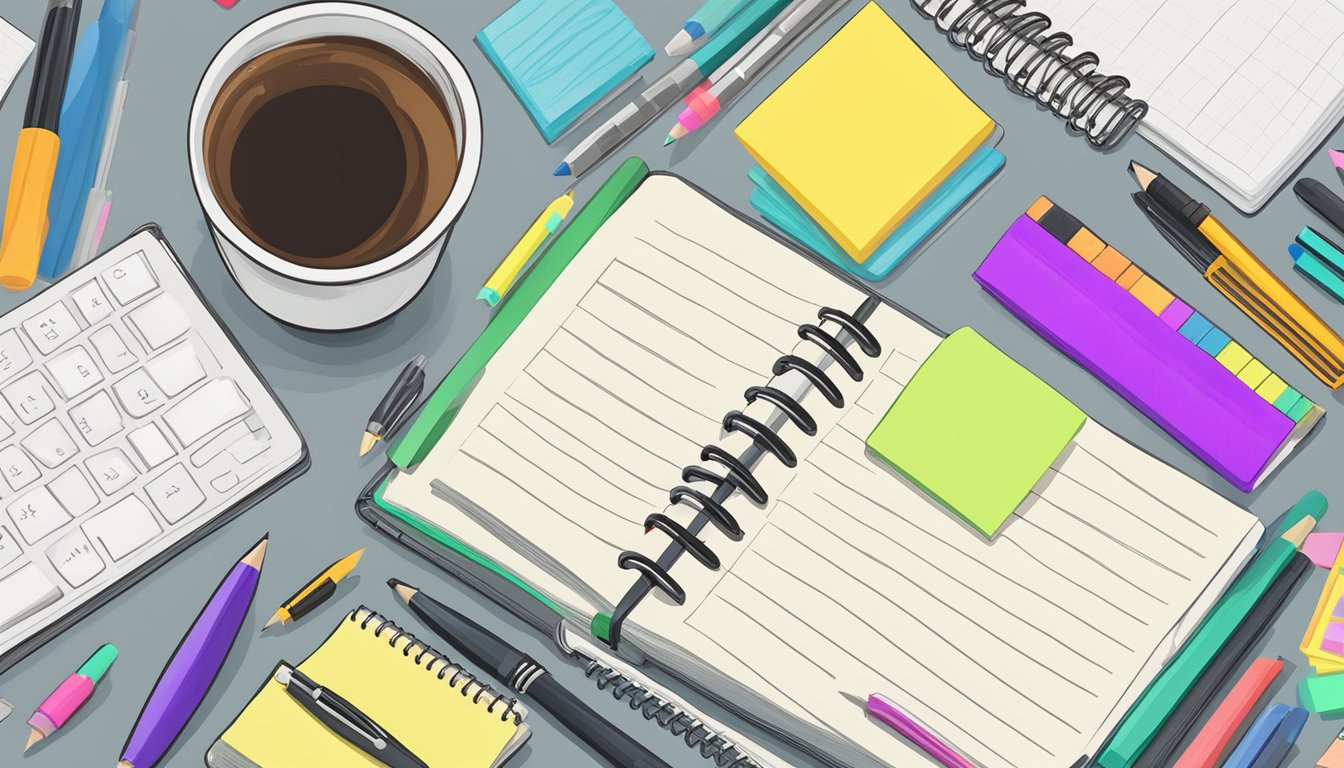
If you’re preparing for judiciary exams, you know that note-making is an essential skill for success.
But what’s the best way to take notes that will help you retain information and perform well on the exam day? In this post, we’ll decode the art of notes-making for judiciary exams and share strategies that work.
Effective note-making can help you organize and condense that information, making it easier to study and remember. Additionally, notes can serve as a quick reference on exam day, helping you recall key concepts and details.
So, what are the best strategies for note-making? We’ll explore several in this article, including how to choose the right format for your notes, how to prioritize information, and how to review and revise your notes for maximum retention.
These strategies can help you improve your note-making skills and ace your judiciary exams.
Page Contents
Understanding the Importance of Notes-Making
Taking notes is an essential part of effective learning and can greatly benefit you in your preparation for judiciary exams. In this section, we will discuss the role of notes in effective learning and the benefits of notes-making for judiciary exams.
The Role of Notes in Effective Learning
Notes are an effective tool for learning as they help you to organize and summarize information in a concise and structured manner. By taking notes, you are actively engaging with the material and processing it in a way that helps you to better understand and retain the information.
Notes also serve as a reference point for later review and can help you to recall information more easily.
By condensing the material into key points and concepts, you can quickly refresh your memory and reinforce your understanding of the material.
Benefits of Notes-Making for Judiciary Exams
Notes-making is particularly important for judiciary exams as they require a thorough understanding of the law and its application. By taking comprehensive and organized notes, you can ensure that you have a thorough understanding of the material and are well-prepared for the exam.
Furthermore, notes-making can help you to retain information in the long-term memory, which is crucial for success in judiciary exams.
By reviewing and revising your notes regularly, you can reinforce your understanding of the material and ensure that you are well-prepared for the exam.
Thus, notes-making is an essential tool for effective learning and can greatly benefit you in your preparation for judiciary exams. By taking comprehensive and organized notes, you can ensure that you have a thorough understanding of the material and are well-prepared for the exam.
Exploring Different Note-Taking Methods
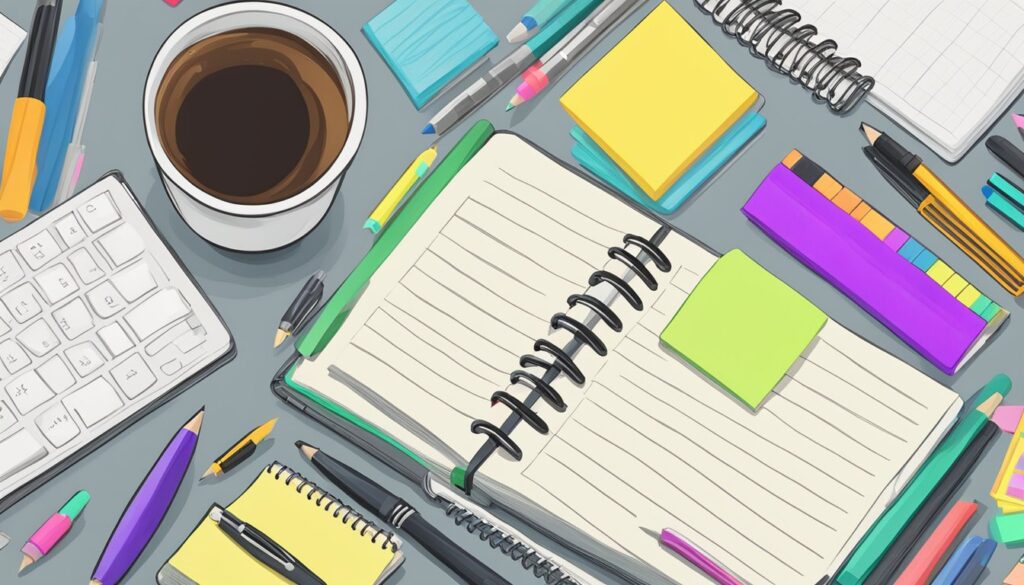
When it comes to preparing for judiciary exams, note-making is an essential part of the study process. However, note-taking is not a one-size-fits-all approach. Different methods work for different people, and it is essential to find a technique that suits your learning style. In this section, we will explore various note-taking methods that you can use to prepare for your judiciary exams.
Traditional Note-Taking Techniques
The traditional note-taking techniques are some of the most commonly used methods. These methods include the Cornell method, outlining method, and mapping method.
The Cornell method involves dividing the paper into sections, writing notes on one side and questions on the other.
The outlining method involves creating a hierarchical structure of the notes, and the mapping method involves creating a visual representation of the notes.
Innovative Digital Notes-Taking Approaches
Digital note-taking is becoming increasingly popular due to its convenience and efficiency. You can use various digital note-taking tools such as Evernote, OneNote, or Google Keep. These tools allow you to organize your notes, add images, audio, and video, and share your notes with others.
Customizing Notes-Making to Enhance Memory
Customizing your note-making process to enhance memory is an effective way to retain information. You can use various techniques such as highlighting, underlining, and summarizing to help you remember important points.
The Outlining Method
The outlining method is a hierarchical structure of the notes. It involves creating a framework of the main ideas and sub-ideas. This method is useful for organizing information and identifying the relationships between different concepts.
The Mapping Method
The mapping method involves creating a visual representation of the notes. It is useful for visual learners who prefer to learn through images and diagrams. This method involves creating a central idea and branching out into sub-ideas.
Note-taking is an essential part of the study process, and it is crucial to find a method that works for you. Whether you prefer traditional note-taking techniques or innovative digital note-taking approaches, customizing your note-making process to enhance memory is an effective way to retain information. By identifying your learning style and using a note-taking method that suits your style, you can prepare effectively for your judiciary exams.
Also Check: How to Fetch More Marks in Judiciary Mains Exam
Organizing and Structuring Your Notes
Taking notes is not just about jotting down everything you hear or read. It is about organizing and structuring your notes in a way that makes them easy to understand and recall. Here are some strategies that can help you create clear and concise notes that are visually pleasing and easy to analyze.
Creating Clear and Concise Notes
One of the most important aspects of note-making is creating clear and concise notes. This means that you should avoid writing long sentences or paragraphs and instead use bullet points, abbreviations, and short phrases. This will make it easier for you to review your notes later and recall important information quickly.
Another way to create clear and concise notes is to use headings and subheadings to organize your notes. This will help you identify the main points and sub-points of your notes and make it easier for you to review them later.
Utilizing Visual Aids and Symbols
Visual aids and symbols can be a powerful tool when it comes to note-making. They can help you remember complex information and make your notes more visually appealing. Some examples of visual aids and symbols include diagrams, charts, tables, and symbols.
Diagrams and charts can help you visualize complex information and make it easier to understand. Tables can help you organize and compare information, while symbols can help you highlight important points and make your notes more visually appealing.
Leveraging Technology for Notes-Making
In today’s digital age, technology has revolutionized the way we take notes. With the help of digital tools, you can now take notes on your laptop, tablet, or smartphone. This has made note-taking more efficient, organized, and accessible. Here are some strategies to leverage technology for notes-making.
Choosing the Right Notes-Taking App
There are many notes-taking apps available in the market, such as Evernote and OneNote. These apps offer features like cloud storage, synchronization, and organization. You can easily access your notes from any device and share them with others. When choosing a notes-taking app, consider your specific needs and preferences. Look for an app that is user-friendly, has a good search function, and allows for customization.
Integrating Digital Tools into Study Routines
Digital tools like AI and other digital tools can be integrated into your study routine to enhance your notes-making process. AI can help you summarize large amounts of text quickly and accurately. Digital tools like flashcards and mind maps can help you visualize complex concepts and relationships. These tools can save you time and effort in the long run.
Regular Review for Better Retention
One of the advantages of digital notes is that they can be easily reviewed and revised. Regularly reviewing your notes is essential for better retention. Set aside some time each day or week to review your notes. This will help you reinforce your learning and identify areas that need further clarification.
Incorporating Feedback into Notes
Digital notes make it easy to incorporate feedback into your notes. You can share your notes with your peers or teachers and get feedback. This feedback can help you improve your notes and identify areas that need further clarification. Incorporating feedback into your notes can help you learn more effectively and efficiently.
Thus, leveraging technology for notes-making can help you take better notes, save time, and learn more effectively. By choosing the right notes-taking app, integrating digital tools into your study routine, regularly reviewing your notes, and incorporating feedback, you can enhance your notes-making process and improve your performance in judiciary exams.
Also Check: How to Ace Judicial Services Exam Without Coaching?
Advanced Notes-Making Strategies
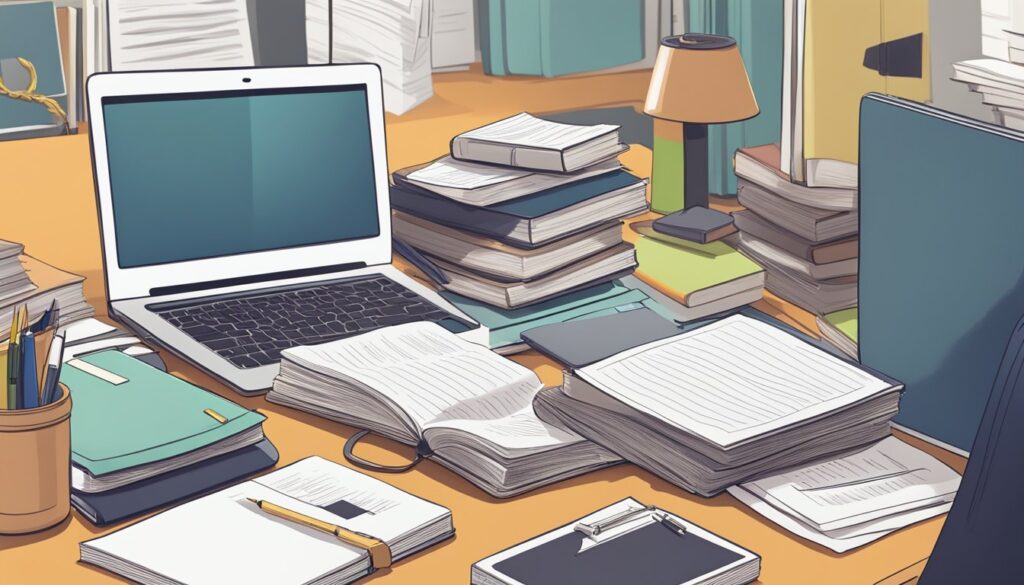
When it comes to preparing for judiciary exams, note-making is an essential part of your study routine. While basic note-taking strategies are useful, advanced techniques can help you take your notes to the next level. Here are some advanced notes-making strategies that can help you effectively prepare for your judiciary exams.
Mind Mapping Complex Topics
Mind mapping is a useful technique that can help you organize complex topics and ideas. It involves creating a visual representation of your notes, with key ideas and concepts branching out from a central topic. Mind maps are useful for making connections between different ideas and concepts, which can help you understand complex topics more easily.
To create a mind map, start by writing the central topic in the center of the page. Then, branch out from the main topic by adding subtopics and related ideas. Use colors, symbols, and images to make your mind map more visually appealing and easier to understand.
Charting and Graphing for Data-Driven Subjects
For subjects that involve a lot of data, charting and graphing can be a useful note-making strategy. Charts and graphs can help you visualize data and identify patterns and trends more easily. They can also help you remember important data points and statistics.
To create a chart or graph, start by identifying the key data points you want to include. Then, choose a chart or graph type that best represents your data, such as a bar graph or line chart. Use colors and labels to make your chart or graph more visually appealing and easier to understand.
By using advanced notes-making strategies like mind mapping and charting, you can take your note-taking skills to the next level. These techniques can help you organize complex topics, make connections between ideas, and visualize data more effectively. Incorporate these strategies into your study routine to improve your chances of success on your judiciary exams.
Conclusion
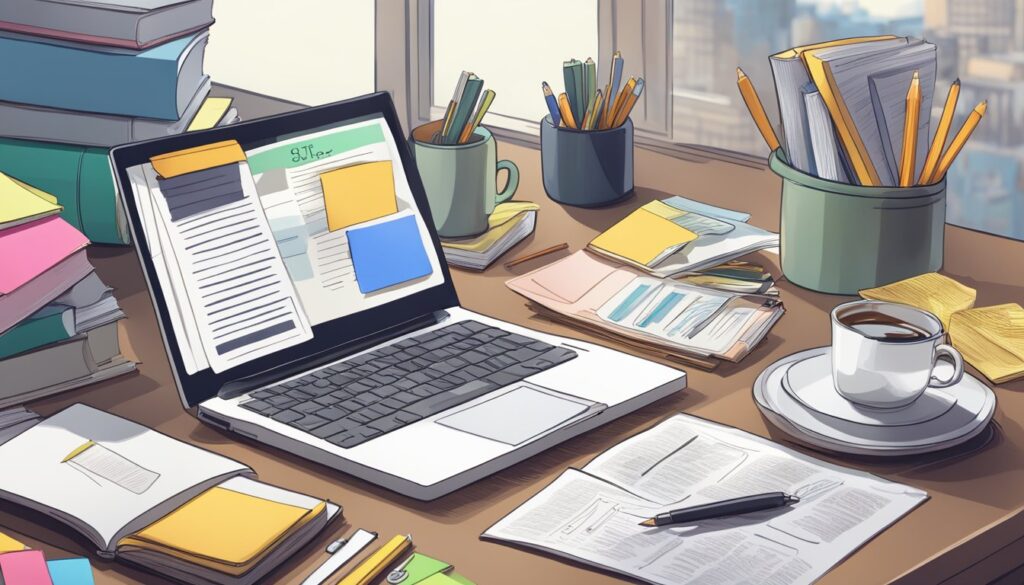
In conclusion, notes-making is an essential skill for judiciary exams that requires practice and attention to detail. By summarizing important information and organizing it in a clear and concise manner, you can study better and increase your chances of success.
To summarize, when making notes, it is important to:
- Use abbreviations and symbols to save time and space.
- Highlight key information and important details.
- Create a clear and organized structure.
- Summarize information in your own words.
- Review and revise your notes regularly.
By following these strategies, you can decode the art of notes-making and improve your performance on judiciary exams. Remember, notes-making is a skill that can be learned and improved with practice, so don’t be discouraged if your first attempts are not perfect.
Overall, the key to successful notes-making is to be confident, knowledgeable, and neutral. By staying focused and organized, you can create effective notes that will help you study better and achieve your goals.
